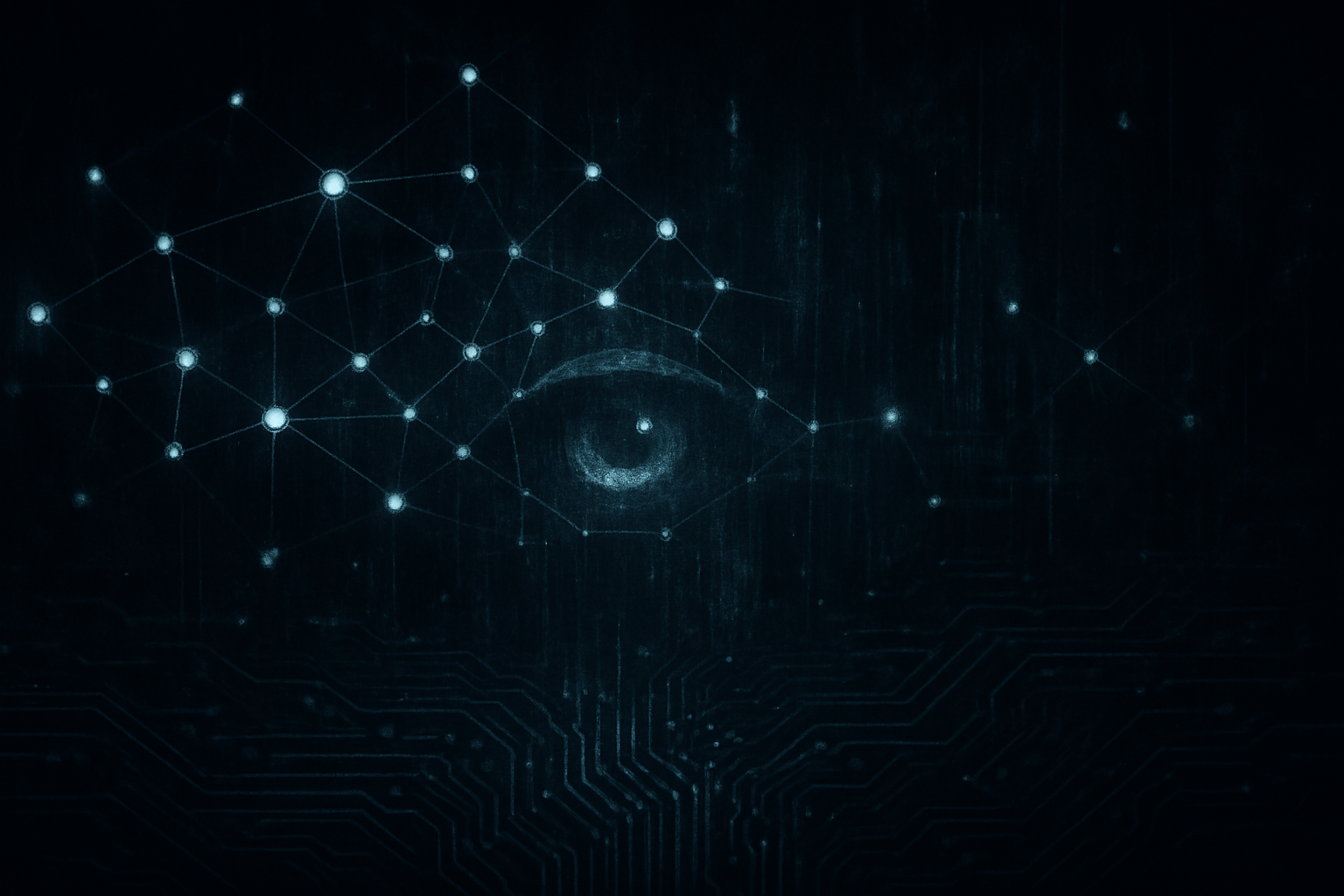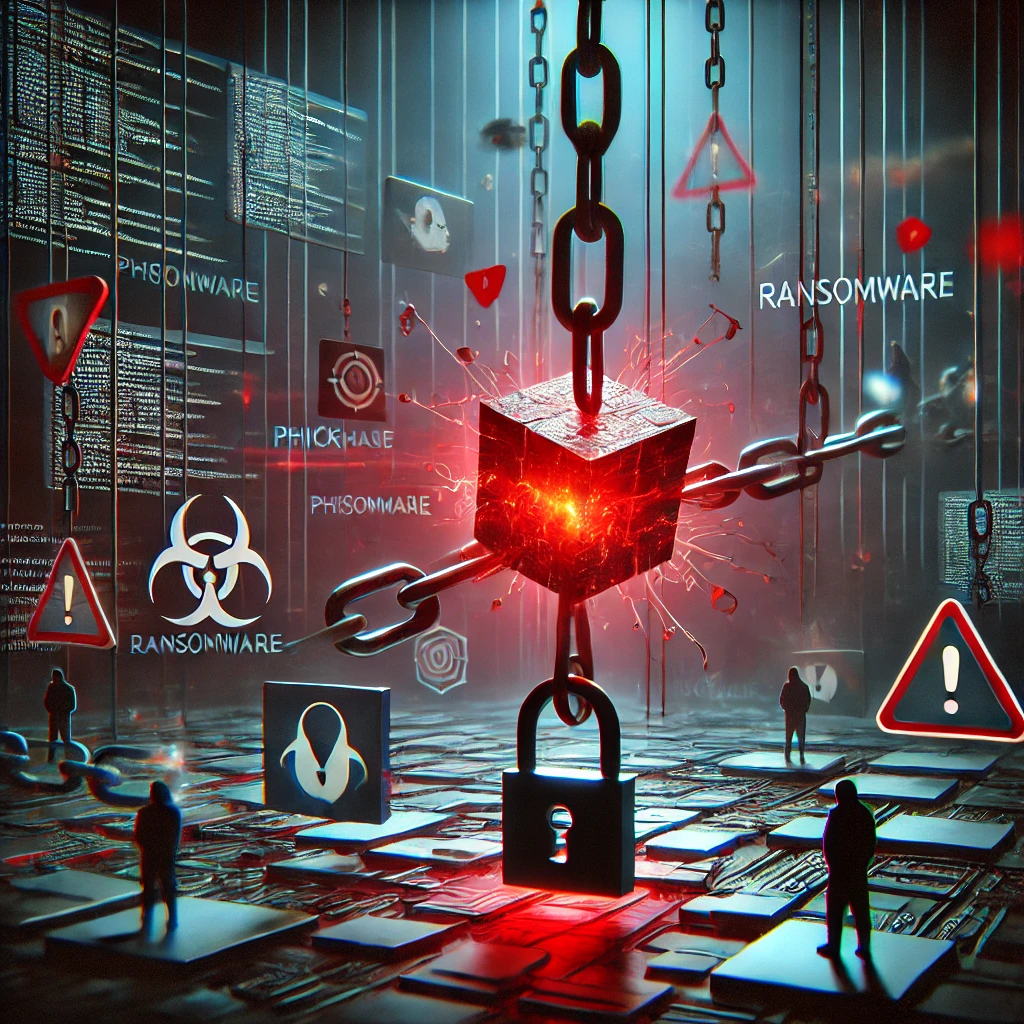The last few weeks in cybersecurity have been a masterclass in contradiction. On one hand, we hear celebratory declarations of how AI is “revolutionizing defense” and how platforms are becoming more “intelligent” in stopping threats. On the other, we watch state-sponsored threat actors quietly exploit an eight-year-old zero-day vulnerability while ransomware crews reinvent extortion tactics to include threats of leaking data to Edward Snowden. These are not parallel realities — they are two sides of the same coin. The problem isn’t that threats are evolving. It’s that we keep pretending we’re catching up.
Let’s be blunt: our industry is addicted to illusion. We chase innovation while quietly outsourcing basic competence to automation. We install shiny new tools while old vulnerabilities rot unpatched in production environments. And we talk a lot — an exhausting amount — about resilience, without admitting that much of what we do today is performative rather than protective.
AI Is Not a Silver Bullet — It’s a Double-Edged Sword
The promise of AI in cybersecurity is being pitched with Silicon Valley zeal: faster detection, automated response, predictive analytics. But if we’re honest, this narrative is as much a marketing construct as a technological reality. AI models are only as strong as their context — and in cybersecurity, context is everything. It’s not enough to detect anomalies; you must understand why they matter.
The growing adoption of AI in threat detection, threat hunting, and incident response has created a paradox. On one hand, entry-level analysts are getting better tools. On the other, senior analysts are now burdened with evaluating not only the alerts but the reasoning of the AI itself. The result? Human intuition becomes the last line of defense — but without the time, resources, or clarity to act effectively.
Worse still, AI itself is becoming a weapon. As Europol has warned, artificial intelligence is now a “catalyst for crime,” not just a defense against it. From deepfake scams to AI-powered phishing campaigns, the criminal use of generative models is accelerating faster than the policy or technical response. And let’s not kid ourselves: the boundary between state-aligned groups and cybercriminal actors is dissolving, with AI now being employed in disinformation, espionage, and sabotage — often all in the same campaign.
Vulnerabilities Are Not Just Technical Failures — They’re Policy Failures
Consider the case of ZDI-CAN-25373, the Windows LNK vulnerability exploited by no fewer than 11 state-sponsored groups over the past eight years. Microsoft’s response? A “low severity” classification and no immediate plans to patch. This isn’t just a technical oversight — it’s a failure of prioritization rooted in perverse incentives.
The vulnerability itself is a study in UI misrepresentation. Padding techniques using invisible characters allow attackers to conceal malicious arguments in shortcut files. That’s not clever — it’s basic obfuscation. What’s shocking is that this issue has persisted for years without resolution, even as telemetry shows broad exploitation across financial institutions, governments, and critical infrastructure.
Let’s call this what it is: willful neglect. When software vendors weigh the cost of a patch against the PR impact of not patching, the decision calculus becomes about optics, not security. And that calculus is killing us.
Supply Chain Insecurity Is a Systemic Weakness, Not an Outlier
Meanwhile, the GitHub Action compromise involving reviewdog/action-setup@v1 has highlighted — again — how deeply fragile our software supply chains really are. It’s not that attackers are becoming more sophisticated. It’s that we are still giving them soft targets.
Let’s step back: A single compromised GitHub Action enabled a cascade of secret leakage across more than 23,000 repositories. This wasn’t a nation-state operation — it was a supply chain exploit executed with basic CI/CD abuse and base64 encoding. The root cause? Blind trust in automation, insufficient permission scoping, and the widespread use of version tags instead of commit hashes. In other words, convenience trumped caution — again.
We’ve been here before: SolarWinds, Codecov, 3CX. Each time, we declare the software supply chain to be “a top priority,” and each time we get back to business-as-usual within weeks.
The Android Ad Fraud Epidemic: A Failure of Platform Accountability
In mobile security, the picture is no better. Bitdefender’s discovery of over 300 “Vapor” apps with 60 million downloads — engaging in ad fraud and phishing — is not a case of some rare evasion. It’s a chronic failure of gatekeeping. Google Play’s security review process is increasingly reactive, while malware authors iterate faster than defenses can adapt.
These apps didn’t come out of nowhere. They used known techniques: delayed payload delivery, icon hiding, launcher manipulation, abuse of native code. And yet they slipped through the net — again and again. The security mechanisms in Android 13 that were supposed to stop this? Routinely bypassed. The average user? Left to guess why their phone’s battery drains faster or why a full-screen login form just popped up asking for their Facebook credentials.
The lesson here is not new: platform security cannot rely on retroactive removals and PR-safe statements about Google Play Protect. It requires a structural shift in how mobile ecosystems treat publisher trust and app behavior auditing. Until then, the attacker’s ROI remains asymmetrically high.
Infostealers: The Low-Cost Weapon of Mass Access
Then there’s the resurgence of infostealers. Flashpoint’s report that over 2.1 billion credentials were stolen in 2024 — mostly via commodity stealers like Redline, Lumma, and Meta Stealer — should be a wake-up call. These aren’t “advanced persistent threats” in the usual sense. They are cheap, effective, and indiscriminately used — a digital equivalent of burglary with bolt cutters.
What makes them dangerous isn’t just the data they steal. It’s the way they enable entire ecosystems of cybercrime: initial access for ransomware, lateral movement, fraud, session hijacking, and even supply chain compromise. Infostealers have become the connective tissue of the underground economy — and we are not treating them with the seriousness they deserve.
Their proliferation is directly linked to the accessibility of malware-as-a-service kits, the continued reliance on browser-stored credentials, and the massive lag in detection across endpoints. In the hands of both amateurs and professionals, these tools lower the barrier to entry — and raise the stakes for everyone else.
Final Thoughts: Security Theater Isn’t a Strategy
We are not losing the cybersecurity battle because the adversary is too strong. We are losing because the industry continues to act as if technology alone can outpace human intent. We celebrate every minor detection improvement while quietly ignoring the design flaws, misaligned incentives, and policy gaps that make attacks so successful in the first place.
AI won’t save us if we don’t rethink the fundamentals — from vendor accountability to human-centered defense models. The patching lag is not a scheduling issue; it’s a governance issue. And the epidemic of compromised supply chains and stolen credentials is not a bug in the system — it is the system.
Until we accept that, we’ll keep mistaking motion for progress. And the next breach — like the last — will be described as “sophisticated,” when in truth, it was just another reminder of our own complacency.
AI helped this article along the way, but the thinking and opinions are all mine.




